What happens when a home for one makes room for two but, before you know it, then there were four? Back in 2003, when Rebecca Kehoe bought her terraced house on Dublin's North Strand, she was single, self-employed and had, "by the skin of my teeth" secured mortgage approval for what she describes as her "fabulous city pad".
The house she fell for is tucked into a hidden network of Victorian terraced houses, cut off, or sheltered – depending on how you like to look at it – by the network of railway lines that bring travellers and goods in and out of the city.
Three years later, Kehoe met her husband, Brian Tyrrell, through their shared careers in lighting (cue jokes about light bulb moments, and the rest), and suddenly that fabulous pad was "beginning to feel a little snug, although to be fair," adds Kehoe, "that was mostly down to his and my stuff, most of which we really should have chucked out years earlier".
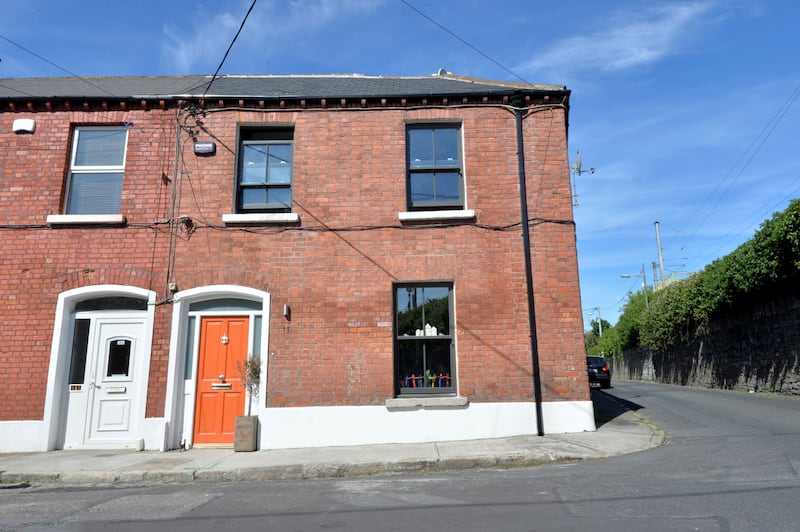
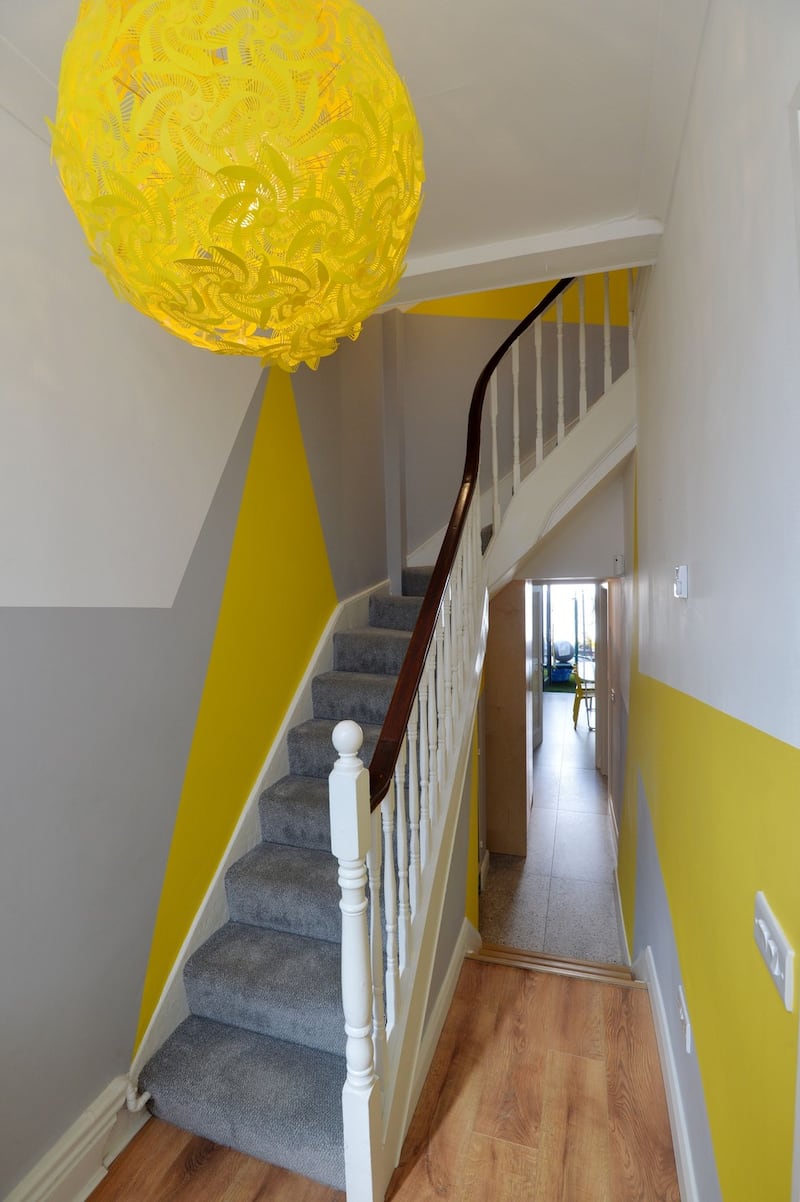
Like many couples at the time, they did bits and pieces as needed to the house, always planning to move on. Then came the recession, negative equity, and somewhere along the way, a son, and later, his brother. Time moved on, but the house didn’t. The bathroom was freezing, and the galley kitchen hugely impractical – especially with tiny babies. It was, Kehoe recalls, “a nightmare of sorts”.
Enter Home Architect, a service run by Greg Tisdall and Boris de Swart of Studio D architects (studiod.ie/homearchitect.ie), which allows you to work with an architect on a step-by-step basis. Drawings were made, ideas grew, and along with them some wild ideas that inevitably had to be reined in, including "sunken basements and mezzanines aplenty".
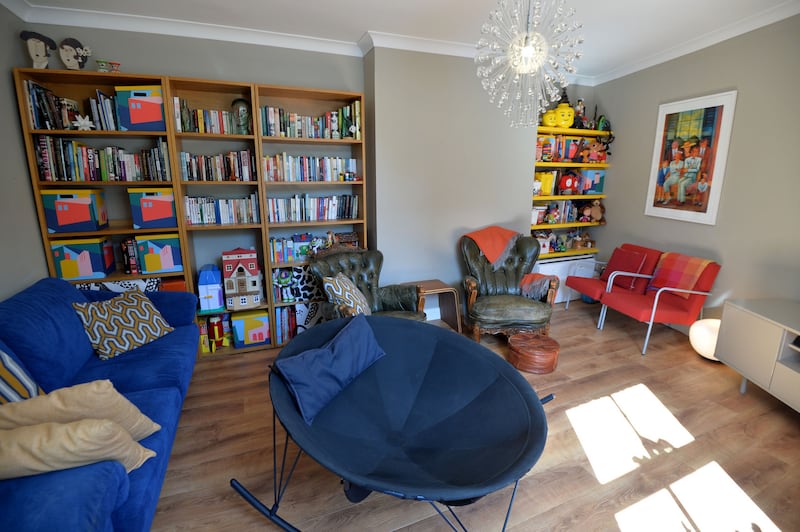
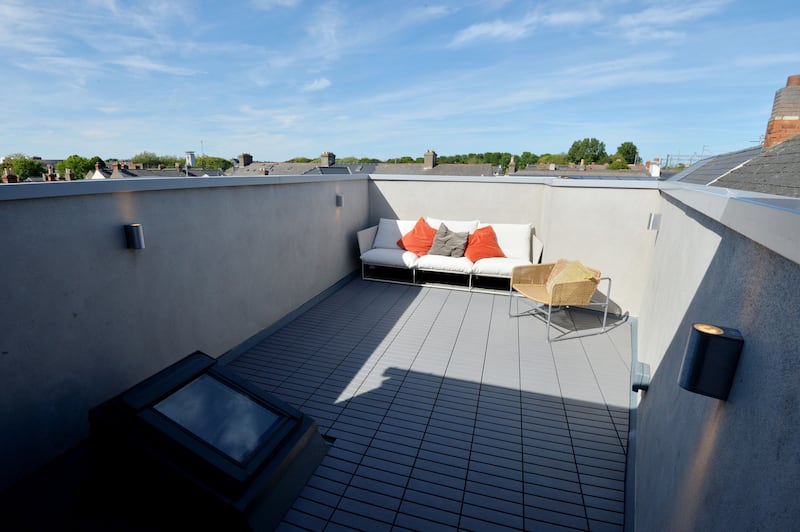
Nevertheless, the basic question remained: “Could we afford to move? Could we afford not to move?” But, by this time, Kehoe and Tyrrell had realised that even though the house no longer suited their family’s needs, they had fallen in love with the area and its community: the walk to Fairview Park, the shops, the neighbours. They realised they really wanted to make this house work for their new needs.
A planning application was submitted, including a new extension to create a decent sized kitchen, plus studio/office space, and a master bedroom upstairs, bringing the total number to three good-sized doubles. “The jewel in the crown was to be a private roof terrace/sun deck, nestled among the chimney tops. Bliss!” says Kehoe.
But when planning was granted, it was with severe restrictions, including a refusal of the roof terrace. “They said it would ‘set an undesirable precedent,’” Kehoe recalls. We pause to consider the hideous spectre of Dubliners being forced to enjoy roof terraces across the city skyline. But Kehoe is made of determined stuff, thoroughly researched her appeal, and they won.
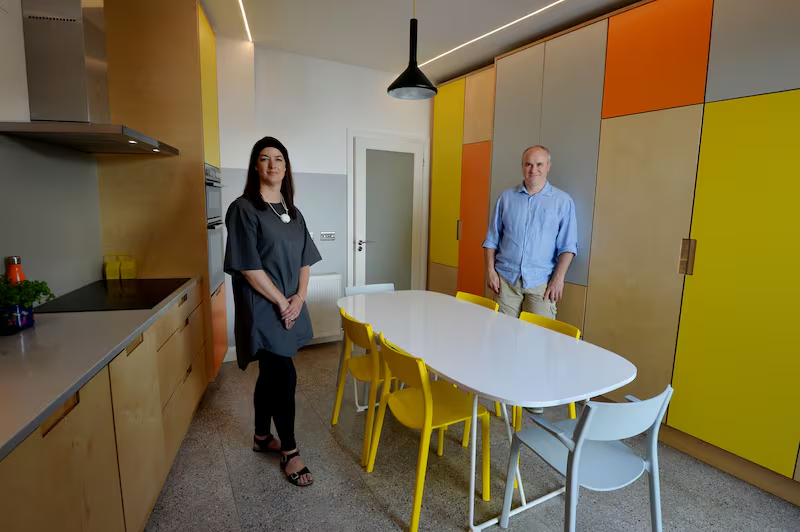
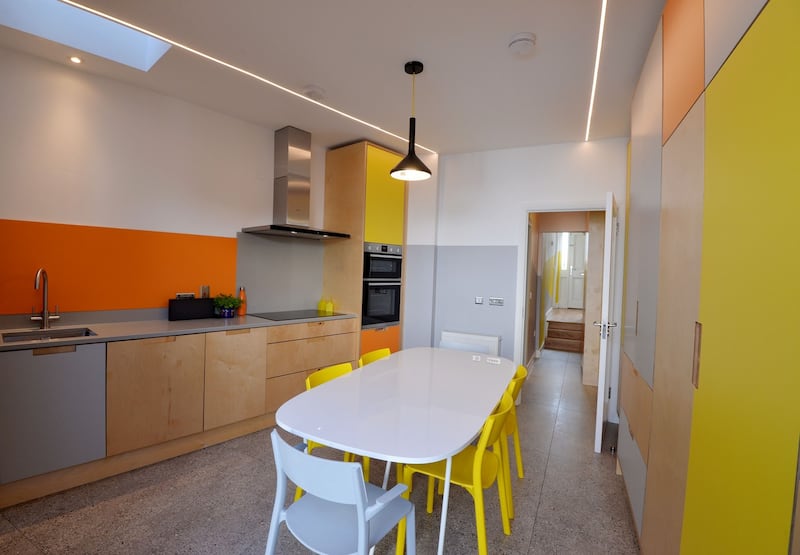
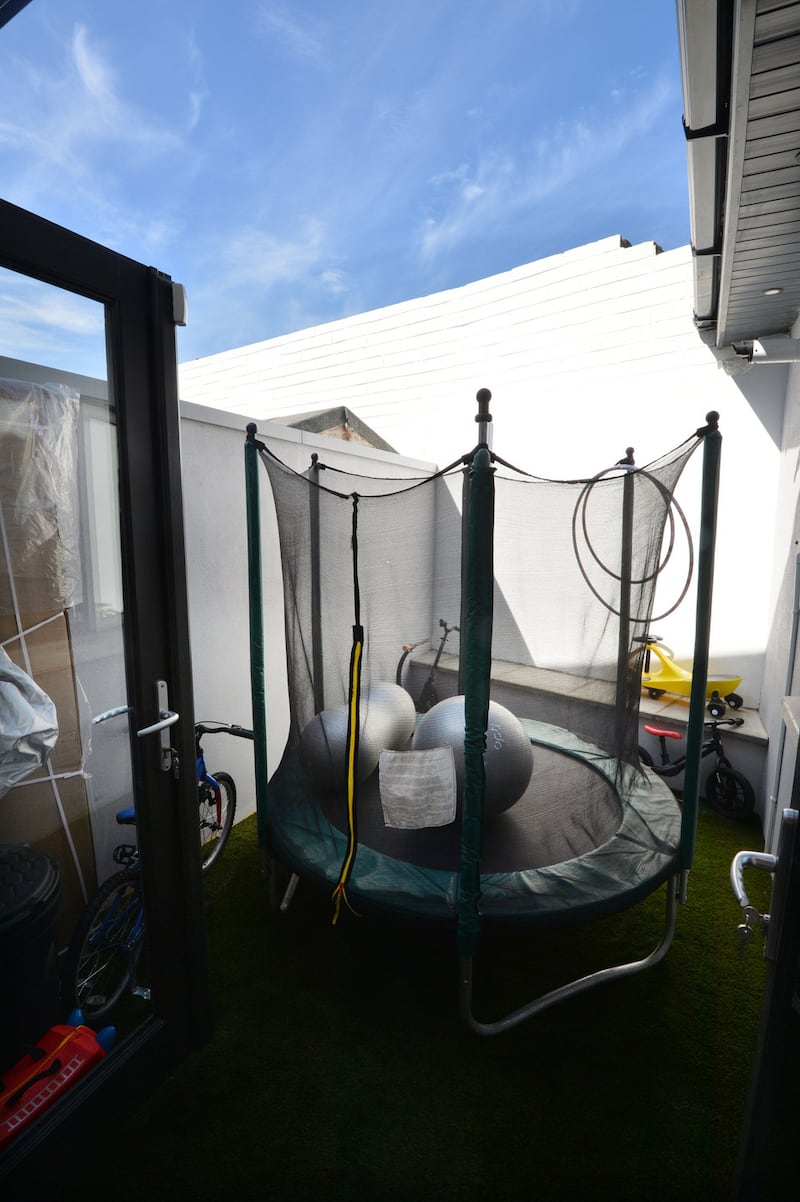
“Sometimes ignorance is bliss,” says Kehoe, of the building process that ended up taking a year. The family moved in with her parents for the duration, and prior to that there was an epic decluttering mission.
“Even the night we moved out, we were filling a skip outside the house until three in the morning. We had a shipping container down near the docks for storage,” she continues. “And I’d go down looking for a hurl for the kids, and I’d think: Oh God, what’s even in here?”
Kehoe and Tyrrell have nothing but praise for their builder, Joe Carabini from local firm Carabini Construction. But the build was more complicated than planned – aren't they always? Putting on the roof terrace actually involved shoring up the existing building to take the weight of another full floor. "The structural steel would almost hold a mini car park," says Kehoe wryly.
Back in 2015 when the designs were first being drawn up, even back in 2018 when the project went on site, no one could have envisaged that, today, families would be living, working and home-schooling together, 24/7. Kehoe and Tyrrell’s house has brilliantly adapted to the new conditions.
The studio was originally meant to have been a base for Kehoe’s own projects. Having studied at NCAD, and then DIT Kevin Street, the recession had coincided with the birth of Jacob and Sebastian, now seven-and-a-half and four, and Kehoe had opted to stay at home and raise them.
“I wanted to get back to creative art routes, so that was to have been my studio. I have been doing illustration, but now I’m fighting with Brian for it. I’m thinking of charging him rent.”
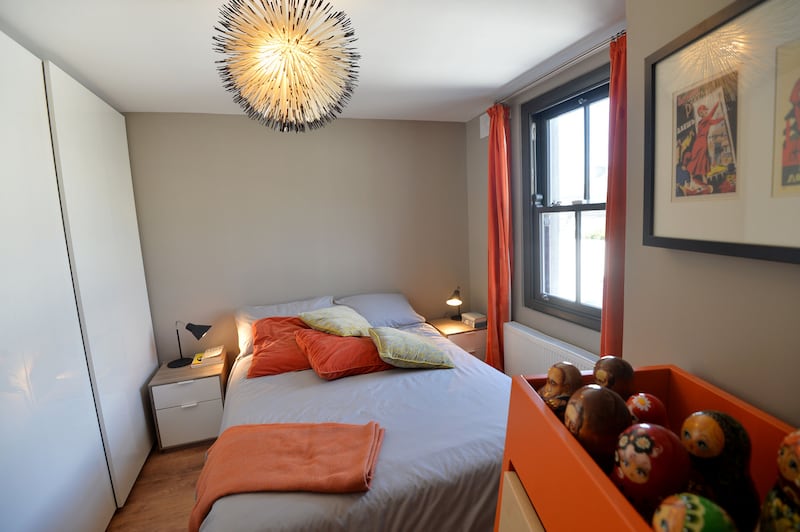

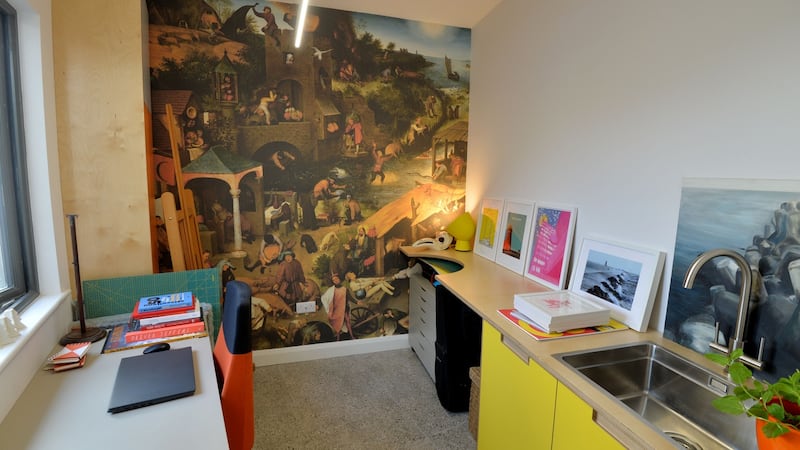
On a practical note, Kehoe imagines her husband will still be working from home until the end of the year. And maybe that will continue. The studio is also a home school, so there is space for the children to play and learn, and as the small outside space downstairs is big enough to include a little trampoline and sandpit, “it has saved our lives – it’s bright, airy and safe.” Upstairs, the roof terrace is “just fabulous, psychologically, even in winter to have that extra light.”
Kehoe and Tyrrell make a persuasive argument for revisiting planning guidelines to enable young families to live in the city centre. These include allowing innovative outside spaces, as well as prioritising three bedroom homes over the more usual studio and two-bed urban model.
Having decided to stay, and create their forever home, rather than design with an eye to moving on, Kehoe and Tyrrell's home is brilliantly idiosyncratic. The bright kitchen was built by Riverside Furniture Design (riversidefurniture.ie), and its strong colour blocks are echoed in the striking diagonal designs in the hallway and stairs.
“I know, it’s unconventional and different,” says Kehoe. “The house is for us, so all those details and decisions are purely for our enjoyment.” The bright hall paint job, in yellow, grey and white, started as a practical step – to mask the endless handprints from two exuberant sons.
“I really like street art so we started talking about that, about how to cover the areas that would have the heaviest traffic. We used Clean Extreme paint and it’s working so far.”
A particular joy is the mural in the studio. It comes from a painting from 1559, by Dutch artist Pieter Brueghel the Elder and it includes more than one hundred Dutch proverbs encoded in its pictures.
"My parents had a (different) Brueghel print when I was growing up and I was always fascinated by it. I like that era of painting, and the irreverence is also what attracts me now." This one came from Murals Wallpaper (muralswallpaper.com) and was hung by Tony Fogarty, who also painted the hall (tonyfogartydecor.com).
As we chat, Kehoe is picking out proverbs, including ones warning about throwing money away, swimming against the current, and intriguingly not wiping one’s backside on the door – which, apparently means not treating things too lightly. And yet here, a certain spend, and a definite swim against the current has led to a playful home that is absolutely what this young family needed when times got very serious indeed.















